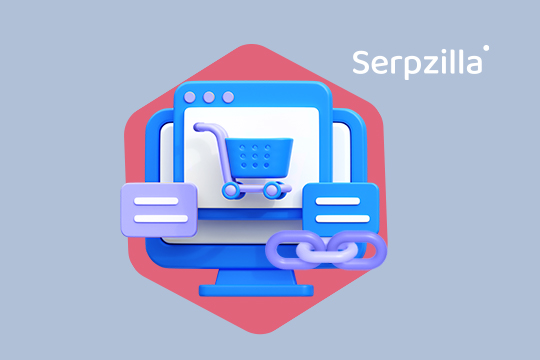In the SEO world, where every pixel on the screen and every comma in the text can play a decisive role, blogging remains one of the most powerful tools. But how often should you publish posts to keep the attention of both the audience and search engines in 2025? Let’s delve into this, speaking in a language that every SEO specialist can understand.
Why Is the Frequency of Posts Important?
Google and other search engines favor fresh and regularly updated content. This signals that your site is alive, and the information on it is constantly being refreshed and remains relevant. Furthermore, regular publications help strengthen the connection with your audience and increase engagement.
Ideal Posting Frequency
In 2025, the “golden mean rule” is still relevant. Posting 2-4 times a week can be an ideal option for most blogs. However, it’s important to remember that quality is more important than quantity. Less is more, as long as it’s better.
Approaches Depending on Your Strategy
- For new blogs, it is recommended to start with a higher frequency of posts to quickly accumulate a volume of content and show search engines the activity of the site.
- For established blogs with a lot of content, maintaining regularity and updating existing materials might be more preferable.
- For niche blogs, focusing on quality and in-depth analysis, even if it means a lower frequency of posts, can be effective.
Imagine an SEO specialist running a blog about digital marketing. He found that his audience is most active and engaged when he publishes in-depth analytical articles twice a week. This not only keeps the blog relevant in the eyes of search engines but also allows him to explore topics that interest his readers more deeply.
Or take a niche blog about rare plants. Here, the author finds that detailed weekly stories about different species with care tips attract the most attention and increase audience loyalty.
Conclusions
In 2025, the key to SEO success through blogging is not so much in the frequency of posts as in their purposefulness and quality. Know your audience, experiment with the publication schedule, and always prioritize the quality of content. Your blog is not just a platform for SEO; it’s a place where your brand can communicate with the audience in a shared language, providing valuable and timely information.








